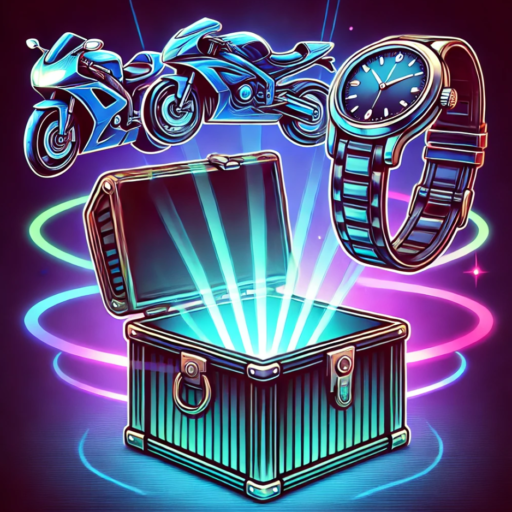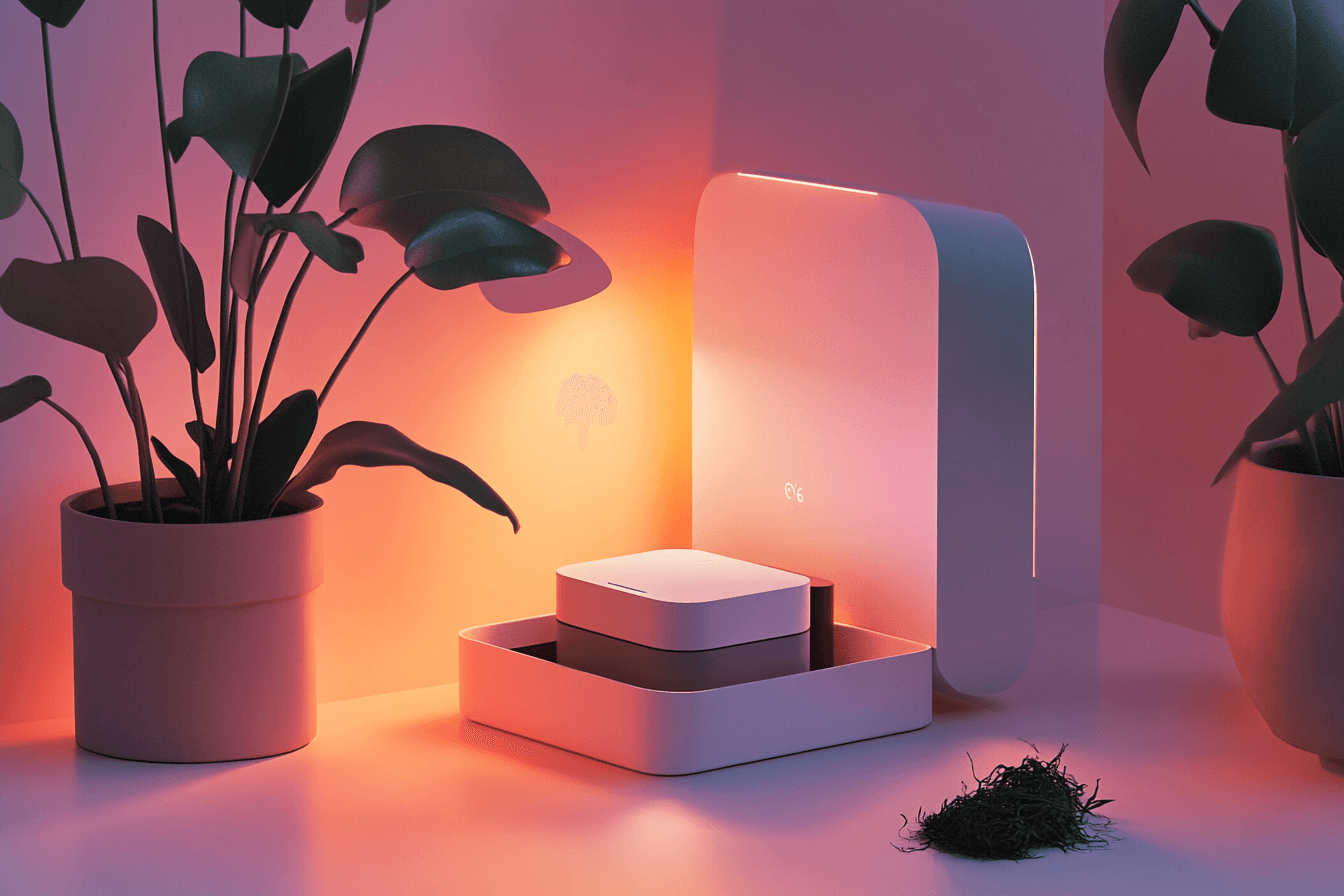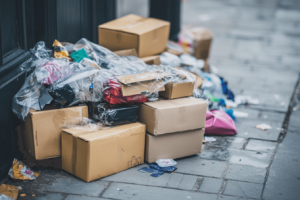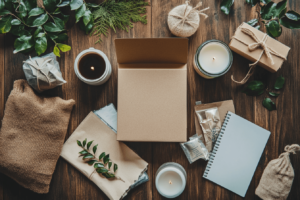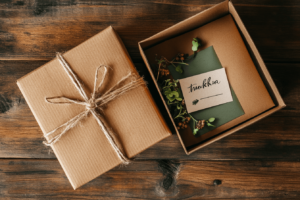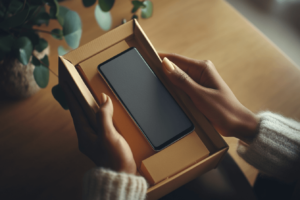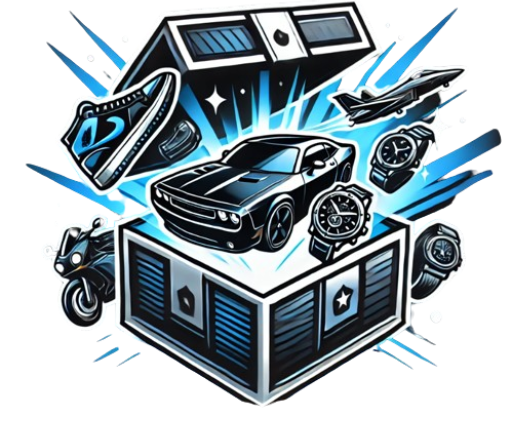Future trends in packaging and unboxing for 2025
The world of packaging and unboxing is evolving rapidly, driven by changing consumer expectations, advancements in technology, and a growing emphasis on sustainability. By 2025, packaging will not only serve its traditional purpose of protecting products but also create immersive experiences, build brand loyalty, and align with ethical values.
This article explores the key trends shaping the future of packaging and unboxing, from sustainable practices to innovative technologies, and how these trends will redefine consumer interactions with products.
Sustainability at the forefront
Sustainability is no longer a buzzword; it is a critical demand from consumers and a necessity for brands. By 2025, eco-friendly packaging will dominate the market as businesses strive to reduce their environmental impact.
Biodegradable and compostable materials are expected to become more common, replacing single-use plastics. Brands will invest in recyclable materials, such as paper-based alternatives or innovative materials made from seaweed, mushrooms, or agricultural waste. These options not only reduce pollution but also cater to eco-conscious consumers.
Innovative materials for eco-friendly packaging
In addition to traditional recyclable options, the industry is exploring futuristic materials that balance durability with environmental impact. For instance, water-soluble packaging for single-use items and edible wrappers for food products are becoming viable alternatives.
Moreover, plant-based inks and adhesives are being adopted to ensure that the entire packaging process aligns with sustainability goals. These innovations will not only reduce waste but also elevate the brand image of companies committed to preserving the environment.
The role of technology in packaging
Technology is set to revolutionize packaging, transforming it into an interactive medium that enhances the customer experience. By 2025, digital tools and smart features will make packaging a central part of a product’s value.
Smart packaging and connected products
Smart packaging, equipped with sensors, QR codes, or RFID technology, will offer consumers more than just a protective layer. These features can provide real-time product information, such as expiry dates, usage tips, or sustainability certifications.
For instance, connected packaging may allow consumers to scan a QR code to access an interactive manual, track the origin of their product, or participate in recycling programs. This added layer of engagement helps build trust and loyalty between brands and their customers.
Augmented reality in unboxing experiences
Augmented reality (AR) is expected to play a significant role in unboxing by offering a digital overlay to the physical experience. Imagine opening a package and scanning a marker to reveal a 3D animation, a personalized message, or a virtual tour of the product’s features.
AR will transform the unboxing process into a dynamic event, making it more shareable on social media and memorable for the consumer. This fusion of physical and digital worlds not only adds entertainment value but also strengthens the emotional connection to a brand.

Personalization and customization trends
Personalized experiences are becoming a cornerstone of modern consumerism. By 2025, packaging will increasingly cater to individual tastes and preferences, enhancing the sense of exclusivity and connection.
Tailored packaging for individual consumers
Advancements in digital printing and data analytics will allow brands to create customized packaging for each customer. Whether it’s a name printed on a product or packaging designed to reflect specific preferences, these tailored touches will resonate with consumers.
Personalized packaging can also extend to the unboxing experience. For instance, subscription boxes might include items curated specifically for the recipient, complete with a handwritten note or a custom playlist link. This level of detail enhances the overall experience and fosters brand loyalty.
The rise of limited-edition unboxing
Limited-edition packaging is another trend gaining momentum. By creating exclusive designs for special occasions or collaborations, brands can generate excitement and drive sales. Consumers often see limited editions as collectibles, adding an extra layer of appeal.
These unique designs also encourage social sharing, as customers are more likely to post about rare and aesthetically pleasing packaging. This creates a ripple effect, increasing brand visibility and engagement.
Minimalism and multifunctionality in design
As consumer preferences shift, minimalism and multifunctionality will emerge as key design principles for packaging. Brands are simplifying aesthetics while ensuring that their packaging serves multiple purposes.
Streamlined aesthetics for modern packaging
Minimalist designs focus on clean lines, neutral colors, and subtle branding. This approach not only aligns with contemporary tastes but also reduces the use of excess materials, making it a more sustainable choice.
For instance, packaging with a monochrome color palette and embossed logos exudes sophistication while remaining eco-friendly. Minimalist designs are also versatile, appealing to a broad audience and blending seamlessly into various retail settings.
Packaging that serves multiple purposes
Multifunctional packaging is becoming increasingly popular, as it offers added value to consumers. For example, a box that transforms into a storage container or a bag that doubles as a reusable tote adds practicality to the unboxing experience.
This trend is particularly relevant for eco-conscious consumers who appreciate products that minimize waste. By designing packaging that serves a secondary purpose, brands can enhance their appeal and contribute to sustainable practices.
Evolving consumer expectations in 2025
As we move toward 2025, consumer expectations around packaging and unboxing are becoming more sophisticated. Shoppers are not just looking for a product; they want an experience that aligns with their values and enhances their lifestyle.
Sustainability, technology, personalization, and design will all play pivotal roles in meeting these expectations. By embracing these trends, brands can create packaging that not only protects products but also captivates audiences and fosters meaningful connections.
The future of packaging is about more than just the box it’s about the story it tells, the emotions it evokes, and the impact it leaves behind.
